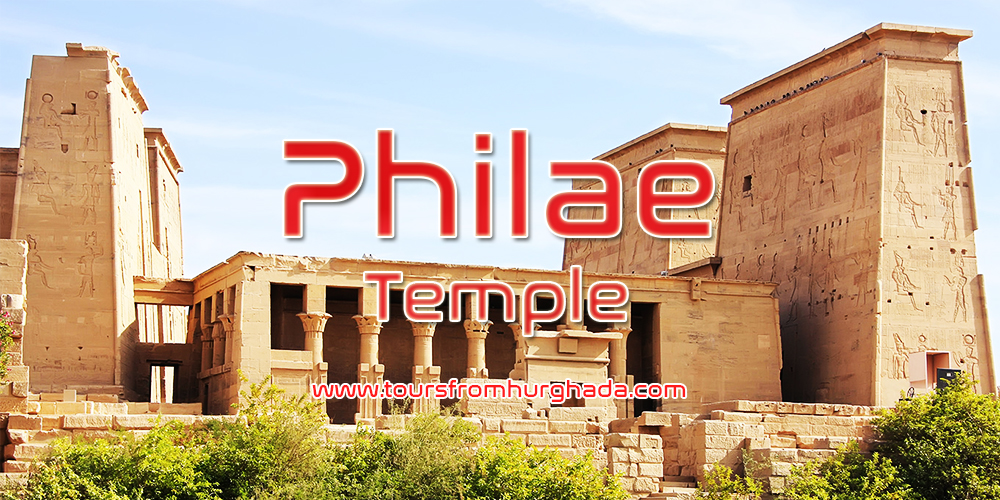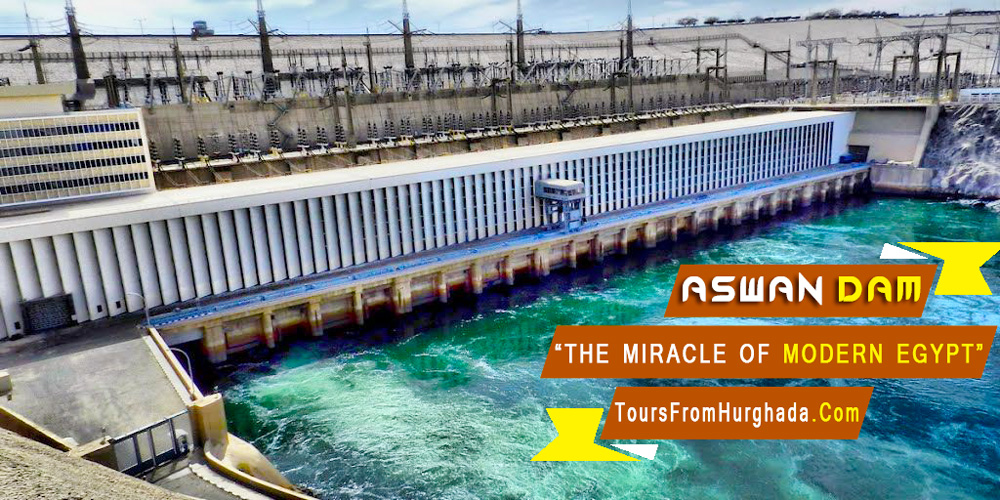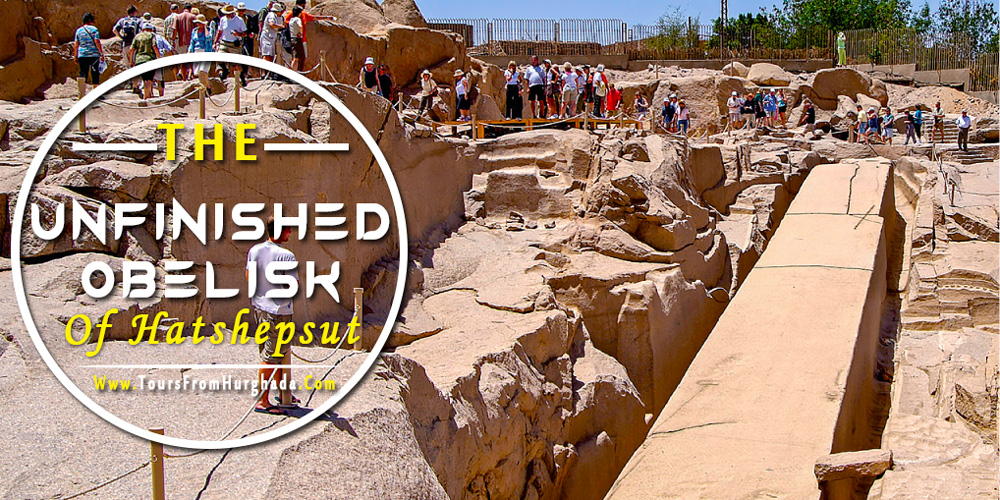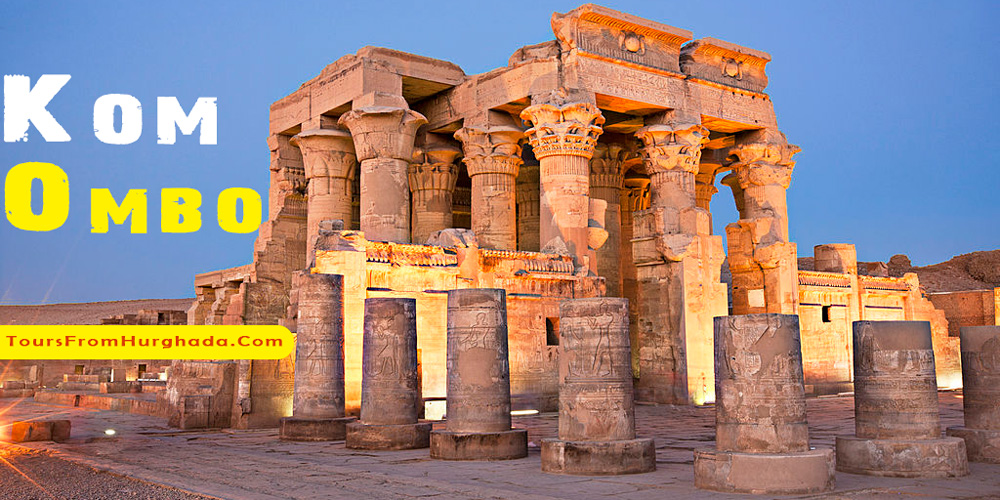The Philae Temple has always enjoyed a magical ability to showcase its beauty in the most elegant manner like a mirage rising out of the Nile River and settling on its banks. Many travelers and world's explorers were hypnotized by the beauty of Philae over the centuries.
Philae Temple History

The temple was built between 380 BC and362 BC by king Ptolemy II and enlarged by various kings from the Ptolemaic era on a rocky island known for being a trade center between Africa and Asia. it was known in ancient times as “Apo” which means Ivory and by the more common Greek name “Elephantine”.
The temple is most significant from a mythological or religious aspect as the temple was the source of the popular Osiris Myth, which the husband of Isis Osiris is killed by His brother Set out of envy then Osiris is resurrected to be the ruler of the underworld then set is defeated by Isis and Osiris Son Hours the sky God.
During the Greco-roman period, the temple becomes a house of worship for “Isis” the goddess of Motherhood, healing, and birth. Later on, the temple was relocated to the island of Agilkia as a part of a rescue mission led by the UNESCO in the 60s.
Philae Temple Location
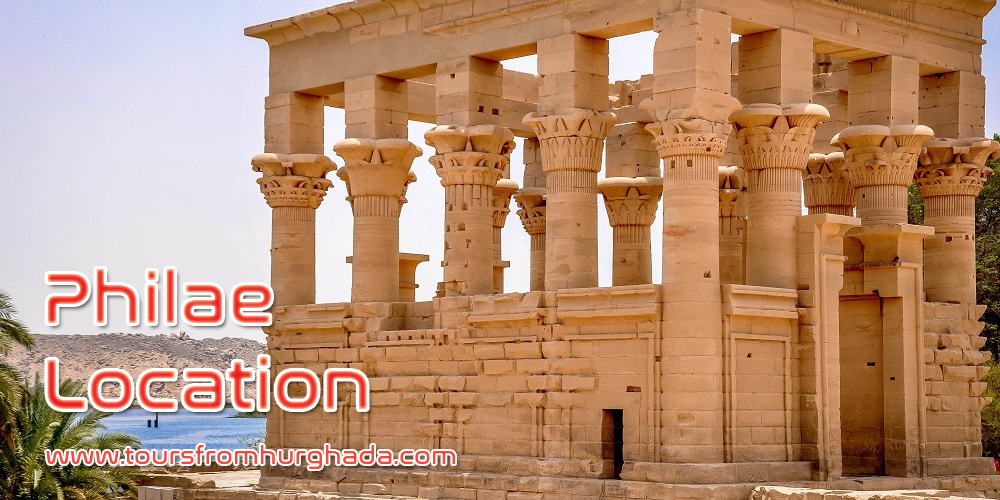
The temple is located on an island in the reservoir of the Aswan Low Dam, downstream of Lake Nasser and Aswan Dam. don't forget that "Tours From Hurghada" provides a lot of special tours to Aswan and all the immortal cities in Egypt to discover the Temple of Philae and other mesmerizing places in Egypt.
The Architecture of Philae Temple
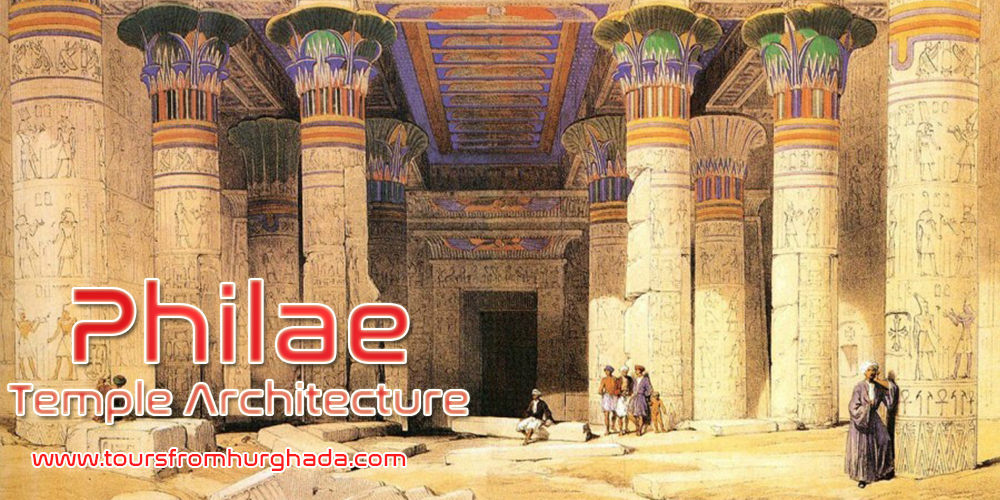
The temple was built in the architecture style of the new kingdom with some elements of the Greco-Roman period. It consists of two Pylons; the first pylon holds two towers, the Mamisi (the house where the divine birth of the sky Horus by his Mother Isis happened) and an open forecourt leading to the 2nd Pylon that holds a grand Hypostyle Hall with 10 columns and three vestibules leading the main sanctuary of Goddess Isis.
It has a Nilometer (a machine the measures the Nile river’s clarity and the water level during the annual flood). The temple had chapels for deities like Osiris, Horus, and Hathor plus monuments for the Roman period like the Kiosk of Trajan and small temples in its proximity like the temple of Augustus.
The temple acted as the last remaining places where the ancient Egyptian religion survived after the arrival of Christianity until 550 A.D as the early Christians transformed the temple to a church where they defaced and destroyed many of the statues of the ancient gods but the temple was able to survive until our current day were it can reflect the wonder of the old in the finest manner.
Philae Temple Relocation

The temple became in danger after the completion of the Aswan Low Dam in 1902 that led to the rise of the water levels causing the entire temple to be flooded and possibly submerged and lost in time. In 1960, the temple was submerged up to its third in water due to the Aswan high dam so the UNESCO started a rescue mission to save this immortal piece of art by relocating it to a new location.
The rescue operation started with building a cofferdam and three other small dames surrounding the temple plus an artificial lake to lower the water levels to a maximum degree. Then, the entire temple was dismantled into 40,000 units then transported and assembled on Agilkia Island like a game of logos where it remains till today.

